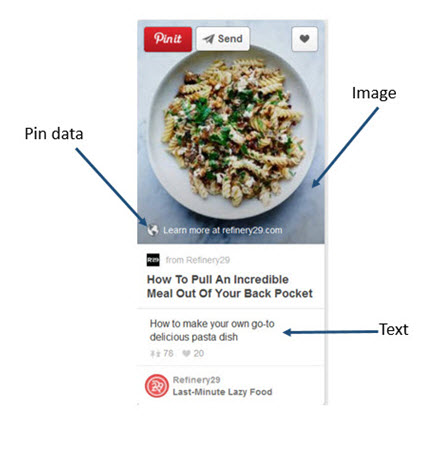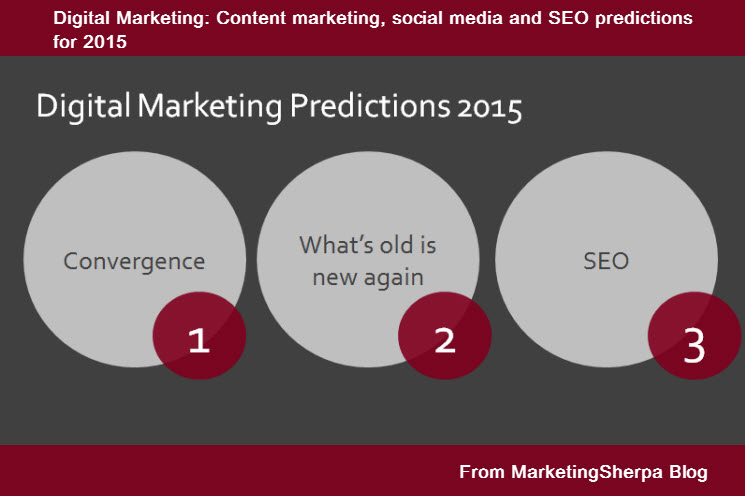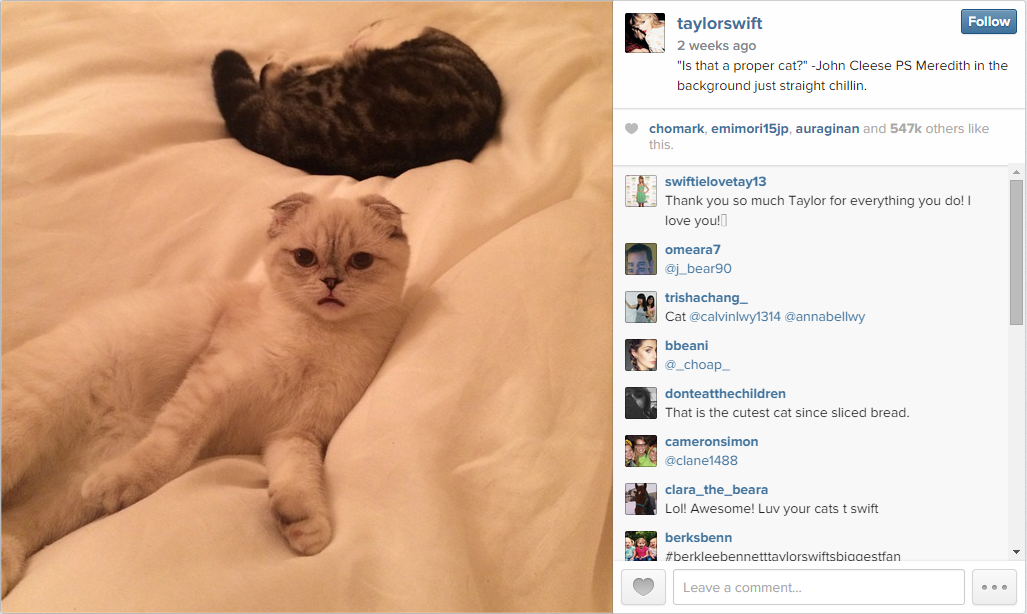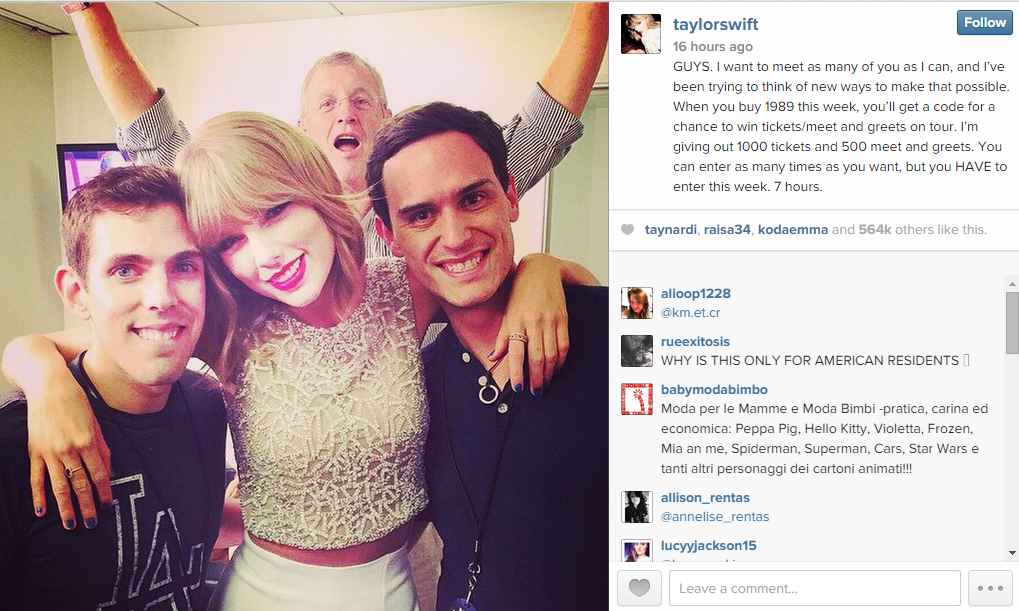Social Media Marketing: How Lilly Pulitzer, Kahlua and Neiman Marcus use brand influencers
Customers have long been wary of content sponsored by brands. This is probably because marketers have been trying to sneak it past them for years — the notorious “Sponsored Content” label, buried at the bottom in tiny font.
The marketers from Lilly Pulitzer, Kahlua and Neiman Marcus — which have all been previously featured in MarketingSherpa case studies — found ways to be transparent about collaborating with bloggers and vloggers to promote their brands.
The brands were also able to approach this content in such fun, creative and colorful ways that consumers didn’t really care the content was company-generated, causing customers to engage regardless of the source material. Read on to learn how to create sponsored content that actually interests audiences.
Bringing bloggers along for the (bike) ride with Lilly Pulitzer
Every year, Lilly Pulitzer has a brand theme for all its marketing materials and events. This year, it is “Spill the Juice.”
#Spillthejuice, the hashtag for the year, goes back to the brand’s origin story, which is the life of Lilly Pulitzer herself.
Lilly Pulitzer was born into New York society and “could’ve lived a fancy life of galas and soirées and black ties and gloves. But she … was a real rule breaker,” Eleni Tavantzis, Senior Manager of Social Media Marketing and Public Relations, Lilly Pulitzer, said, adding that in her early twenties, Pulitzer eloped to Palm Beach, where her husband’s family owned citrus groves.
She eventually started a juice stand using citrus from the grove, and Pulitzer created her first shift dress because she wanted a wild print that would hide the juice stains on her dress — hence the phrase, “Spill the Juice.”
The brand frequently collaborates with fashion bloggers, according to Eleni. To pull the brand’s theme and brand influencers together, the team puts together trips to create powerful brand content.
“We’ve done two this year, two Lilly Spill The Juice influencer trips where we bring some of our favorite fashion bloggers and editors to Palm Beach with us to really experience what Lilly’s Palm Beach was like, which was not stuffy or fancy or full of rules,” Eleni said.
During these influencer trips, the marketers create a lifestyle out of brand ideals and have bloggers live it out — all while wearing Lilly Pulitzer, of course.





 The idea was that every time someone got a cup of coffee, it could be an opportunity to talk about the recent racial and social tensions that have recently gained traction in the national media.
The idea was that every time someone got a cup of coffee, it could be an opportunity to talk about the recent racial and social tensions that have recently gained traction in the national media.












